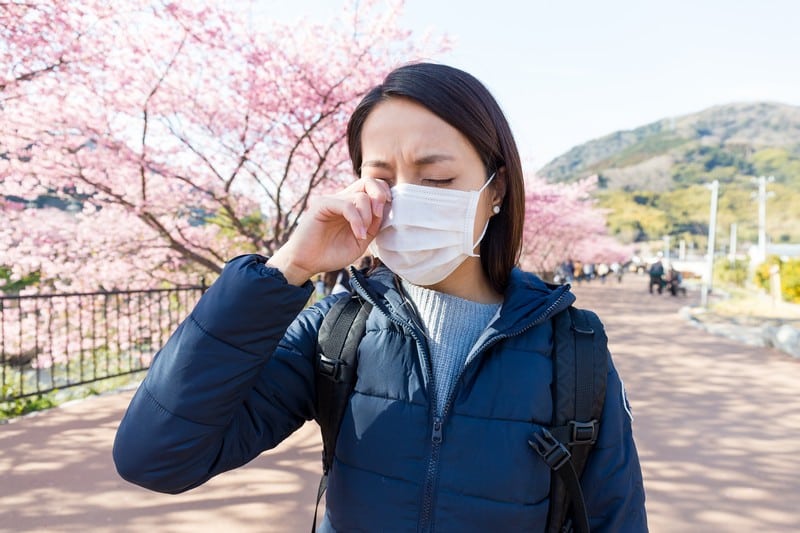Dyshidrotic eczema, also known as dyshidrosis, is a condition where you get small blisters around your hands, specifically the palm and the sides of the fingers. Sometimes, the situation can get to the point where the blisters pop up on your toes or the soles of your feet. The blisters can be very itchy, and it can take time for each blister to heal. The blisters tend to calm down and subside after around three weeks, though there is a chance for them to recur. They can even recur before the blisters fully heal. In addition, there are situations where the blisters can result in scaly, irritated skin when it subsides.
Dyshidrosis can be a frustrating condition and can be treated with a variety of creams depending on the symptoms and the places where the blisters are most prevalent. The blisters also pop out as a cluster, resulting in intense itchiness. With such a condition, it’s a good idea to learn about all the causes and potential risk factors, as it can help you avoid the condition depending on the situation. Here are some of the most common causes of dyshidrotic eczema.
Seasonal Allergies

An allergic reaction is one of the most common causes of dyshidrotic eczema, as most people tend to have skin allergies, especially during the pollen season. As pollen has a habit of clinging onto clothes, hair, and skin, it can result in dyshidrosis for those who are particularly vulnerable to the allergen. While those who might suffer flu-like symptoms due to the allergy can avoid it by wearing a face mask, it’s not easy to avoid contact on the skin when outside during pollen season. One of the best things you can do is to wash up when you get home, as you can deal with all the clinging pollen and avoid a potential case of dyshidrosis due to allergies.
Allergic reactions can be challenging to deal with, though it’s a common enough condition where there are various ways you can treat your allergy. Of course, the best way to deal with a seasonal allergy is to spend less time outside during pollen season, but only some have the luxury of staying home. Those with skin allergies have to deal with it, so it’s never a bad idea to keep an eye on treatment options.










